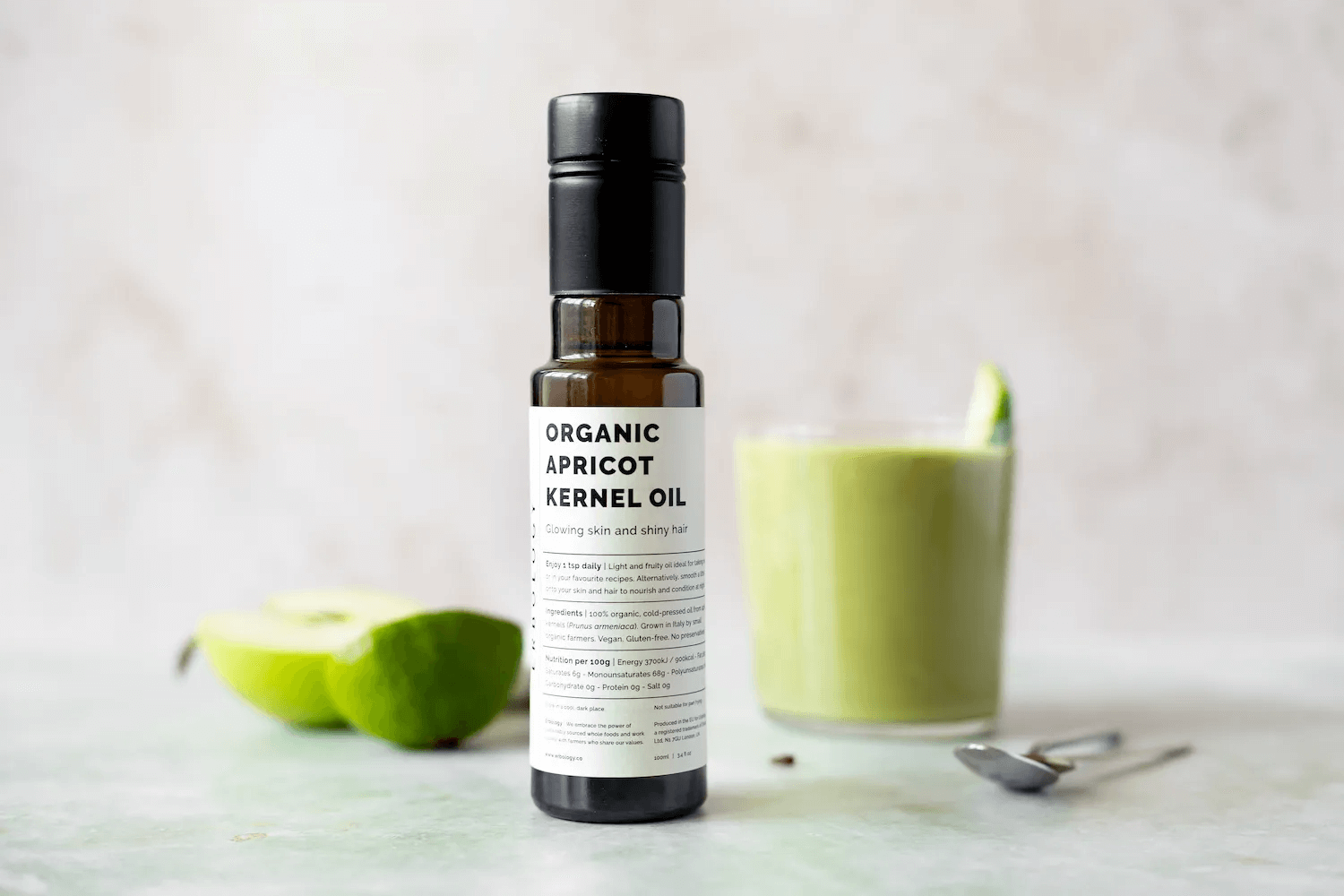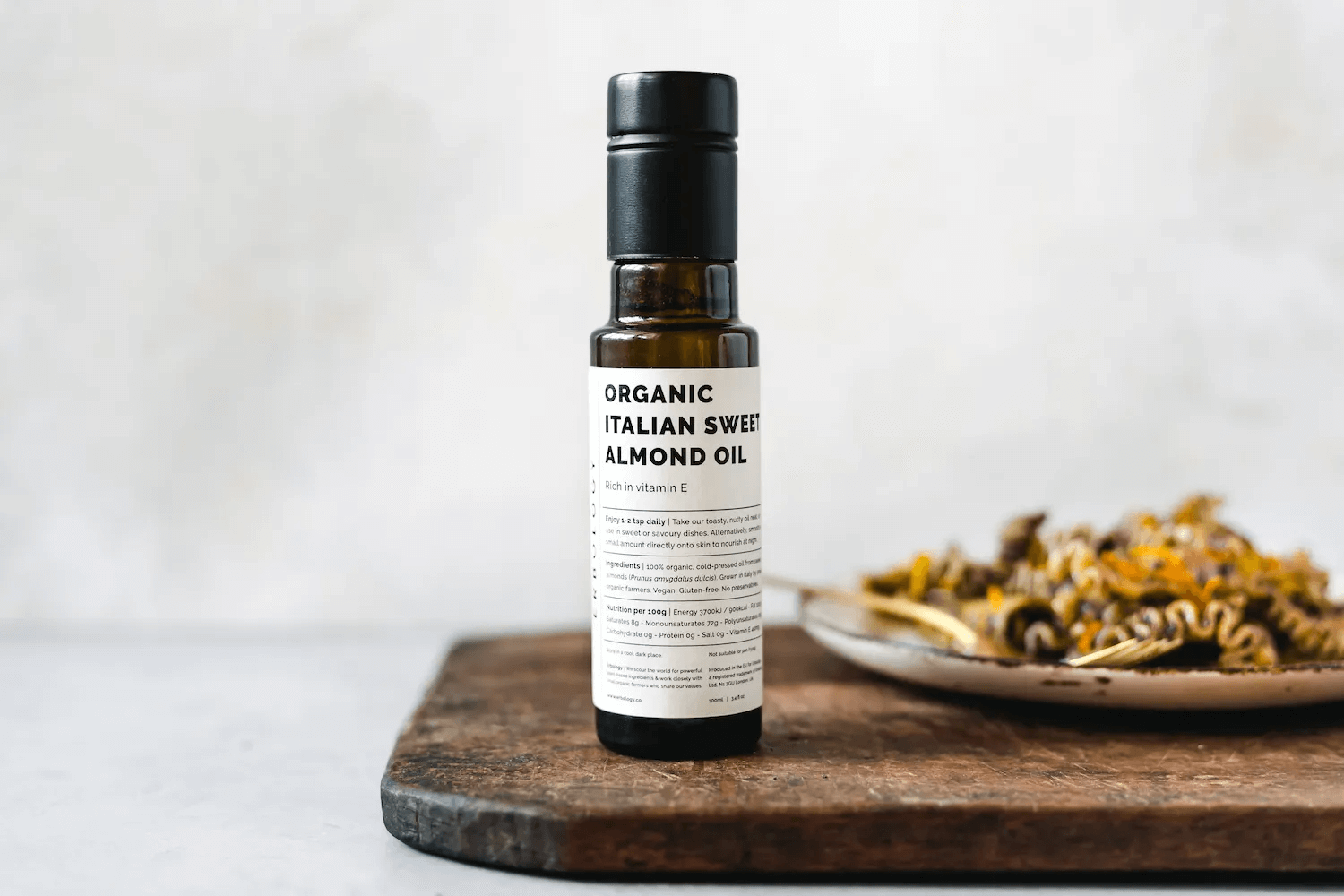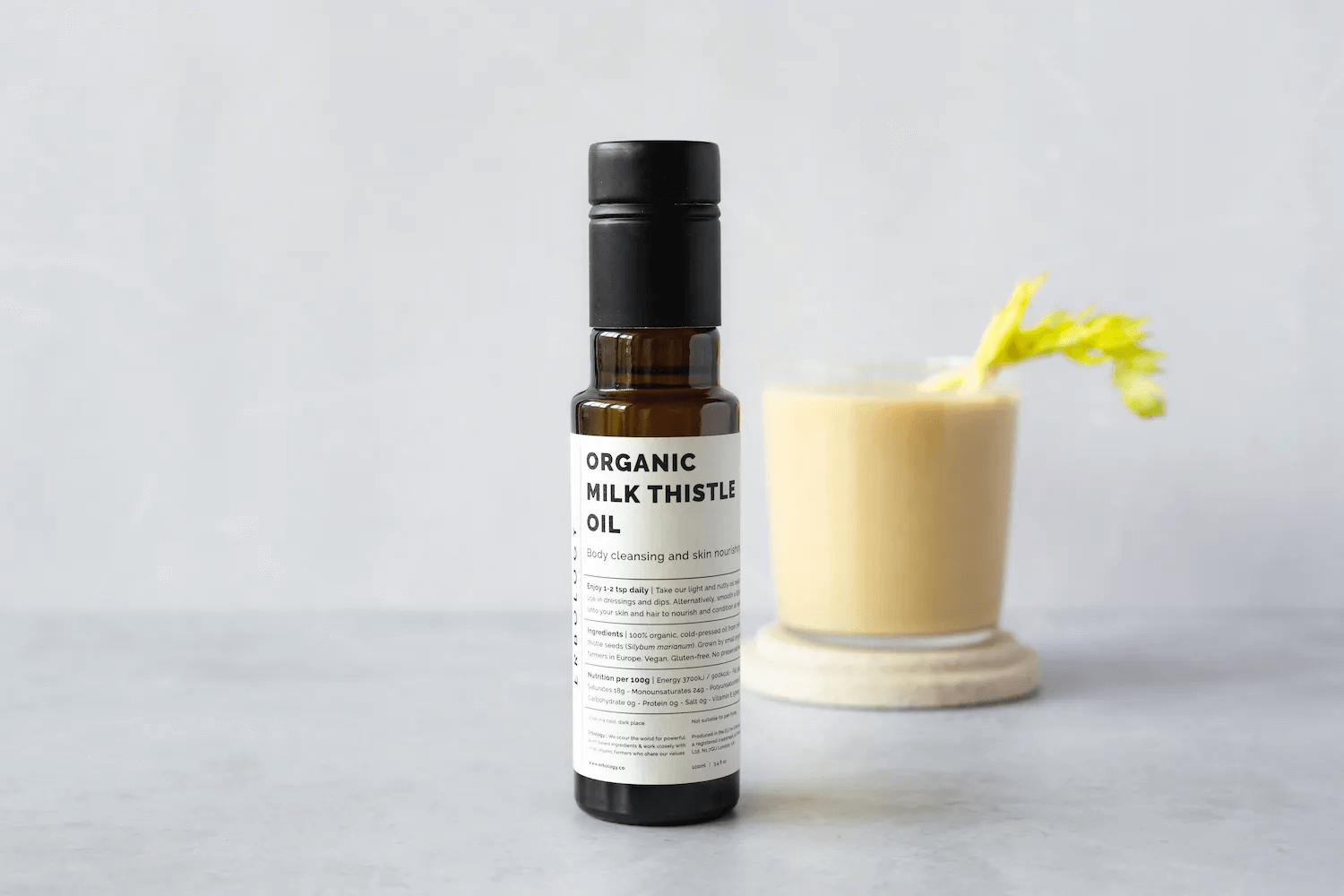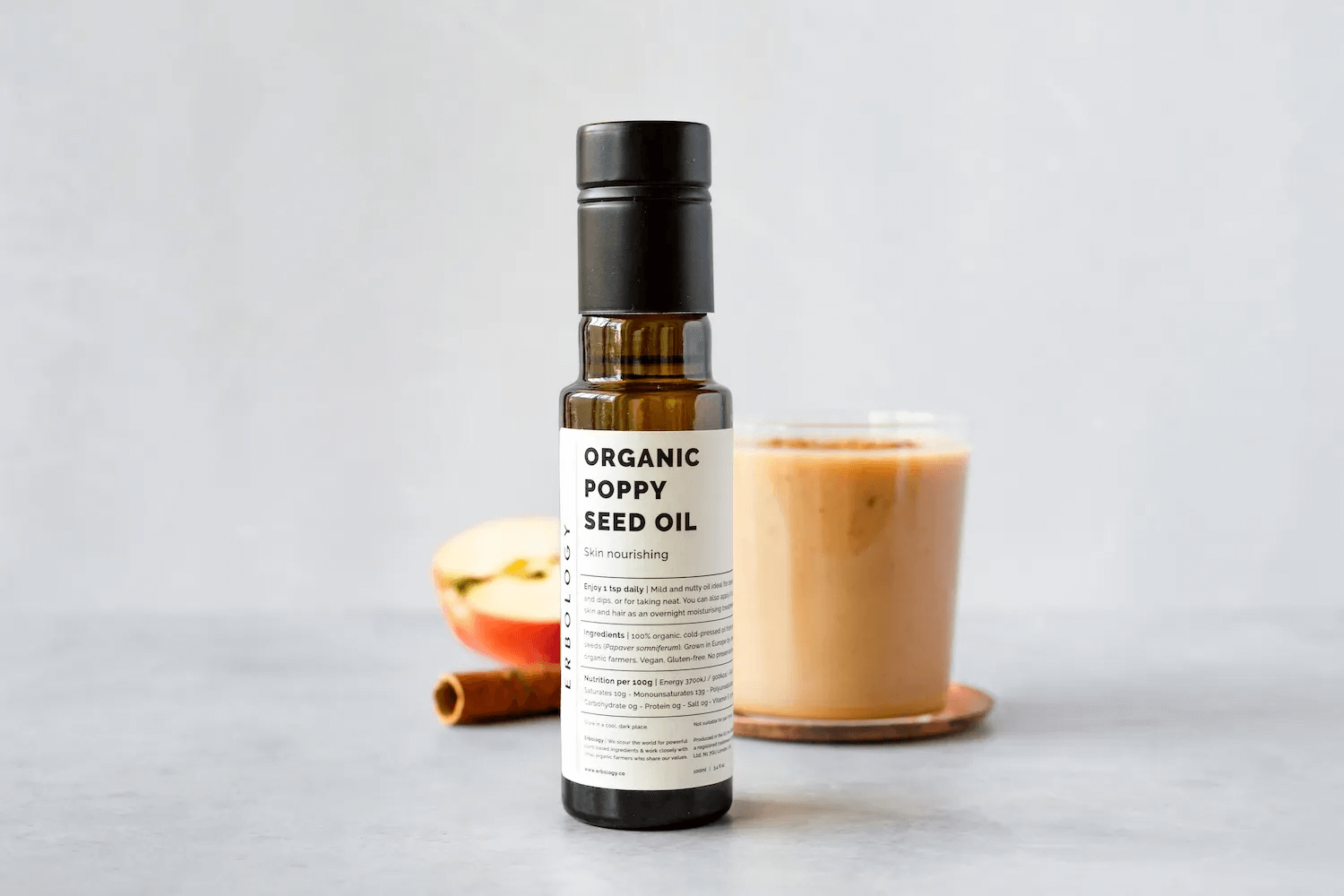24 Sep 2018
Apricot kernel oil benefits
'The only thing better is an apricot in Damascus'
We humans fell in love with the humble apricot thousands of years ago, and with good reason. With its sweet, delicious fruit and precious kernel, the apricot has earned its place in fruit bowls and pantries all over the world.
The apricot hasn't always made it easy for us, though. In ancient times, the apricot was known as 'praecox' or 'praecoquus', meaning 'early'. Apricots mature earlier in the season than their cousins, the plums, causing many a headache for ancient farmers.
Scholars believe that the Chinese philosopher Confucius might have taught his students surrounded by apricot trees, which are native to China. Paying homage to the tradition, the ancient Chinese doctor Tung Fung asked his patients to plant apricot trees in lieu of payment for his treatment. The resulting forest grew to a hundred thousand trees and came to represent doctors and medicine for the Chinese. It's not a surprise, therefore, to find that apricots are important in Chinese medicine.
It isn't just China that venerates this special fruit. In Egypt, the apricot only appears on the markets at a specific time every year. This gave rise to the saying 'fel meshmesh', or 'in the apricot'., which would roughly translate to 'once in a blue moon' in English.
However, it's a Turkish saying that really captures our universal love of the apricot. 'Bundan iyisi Şam'da kayısı,' the saying goes. 'The only thing better is an apricot in Damascus.'
![]()
The art of the apricot
Such is our esteem for the apricot that it has made many appearances in everything from royal gardens to famous plays.
The Roman general and legendary patron of the arts Lucius Licinius Lucullus, who lived from 118 BC until around 56 BC, brought Apricot trees to western Europe from Armenia. In England, apricots have been carefully and lovingly cultivated since the times of Henry VIII – but were reserved for the aristocracy.
William Shakespeare’s “A Midsummer Night’s Dream” features the fairy queen Titania directing her subjects to feed Bottom with apricots, an intimation of sensuality and marvellous indulgence. Dramatist John Webster used apricots to different but equally striking effect in “The Duchess of Malfi”. Here, the Duchess ate apricots to induce labour, as many believed fresh fruit could do at the time.
A key scene in Mikhail Bulgakov's classic Russian novel 'The Master and Margarita' features two characters meeting in a park over warm apricot juice.
'Color will bee raw and fierce'
Apricots are pleasing to both the eye and the palette.
The colour of the fruit ranges from a subtle and soft yellow to a vivid orange hue with reddish overtones. The shape is similar to a peach. Under the bright skin, the warm colour palette continues into the flesh.
The smooth surface and the humble size of the apricot make it a tactile delight. It is no wonder that a multitude of artists as well as writers have crafted work in its honour. Anonymous Chinese painters of the Ming dynasty sit unexpectedly alongside gritty contemporary East London artists in their love of the apricot.
Perhaps the best description of the fruit comes from Mary Beale. In 1663, she wrote the first known English text by a female author about painting. For her subject, she chose how to paint apricots. “Color will bee raw & fierce; in ye pale yallow places… Let yor heightenings in yor very ripe apricots bee whitelead, pale Mast: and a litle redlead. in les ripe ones less or none of ye red lead. Let yor shadowes bee pinke.
The modern apricot
Nowadays, apricots are cultivated in regions from Armenia – where six thousand year old apricot seeds have been uncovered - to the Americas. English settlers to the United States originally introduced apricots to the country, but most of the apricots currently produced in the USA sprout from plants brought to California by Spanish settlers.
From Syria to the Mediterranean and Australia, today many people are able to regularly enjoy the honeyed flavour of this fruit. Iran, Italy, Pakistan, and Turkey lead the world in apricot production.
Apricots, or Prunus armeniaca, are the fruit of a beautiful, small to medium sized tree with pinkish white flowers. Appropriately, the leaves have the shape of a heart. The boughs spread generously and bring protective shade to the local wildlife.
The apricot’s closest relative is the plum, but other family members include cherries, peaches, and almonds. The larger Rosaceae family tree spreads out to accommodate apples, berries and the mountain ash tree.
![]()
Apricot kernel oil benefits
The kernel, or the stone of the apricot, is also of historical use. Extract of apricot kernel is used instead of almond to sweeten the traditional Italian Amaretto liqueur and to make amaretti biscotti, while ground apricot kernel is mixed with coriander seeds and salt to make the Egyptian snack of dokka.
Apricot kernel oil was used in England to treat tumours and ulcers in the 17th century. In the North-West Himalayas it is typically used to treat skin and hair; in India, this ingredient finds its way into massage oils in order to soothe aches and pains.
Apricot kernel oil is also known as apricot seed oil, or simply apricot oil.
'Thanks to the glow that apricot kernel oil gives to your skin and hair, this ingredient makes an appearance in many beauty products.'
Why should I put apricot kernel oil on my body?
Extremely light and sinking beautifully into the skin and hair, apricot kernel oil nourishes and helps to retain moisture without any greasiness. Like almond oil, you can smooth it onto the under-eye area to restore and revive the delicate skin there. When used on the hair, it brings shine.
Thanks to the glow that apricot kernel oil gives to your skin and hair, this ingredient makes an appearance in many beauty products. It is also one of the best carrier oils, which means that you can add other essential oils very effectively to it. This makes it a great option as a massage oil or for use in aromatherapy.
For all this, apricot kernel oil is not the best choice for those experiencing acne. It is somewhat comedogenic and may clog pores.(1)
Research shows that apricot kernel oil can also be quite effective in treating psoriasis. This skin condition often proves difficult to address medically for the 2% of the world’s population that it affects. Apricot kernel oil fights psoriasis by helping new, healthier skin cells to form.(2)
What makes apricot oil work?
Apricot kernel oil cares so well for the skin and hair because it contains polyphenols, or natural micronutrients found in plants. You can best source polyphenols from the actual fruits and kernels, rather than via extracted supplements. Apricot kernel oil is also rich with polyunsaturated fatty acids.
What are some of the healthy substances that apricot kernel oil contains?
High in unsaturated fats, apricot kernel oil offers an abundance of vitamin E. NIH acknowledged this nutrient to have antioxidant properties. In addition, apricot oil contains Vitamin A, essential for normal vision and immune system.
Omega 3’s, 6’s, and 9’s are valuable to have in one’s diet in the proper ratio and from the most viable sources.(3) Apricot kernel oil contains some very healthy omega-6 essential fatty linolenic acids; these are important for brain development and function. Oleic acid, an omega-9 fatty acid is also present in this excellent oil.
Related reading
undefined

Organic Apricot Kernel Oil

Organic Italian Almond Oil

Organic Milk Thistle Oil
